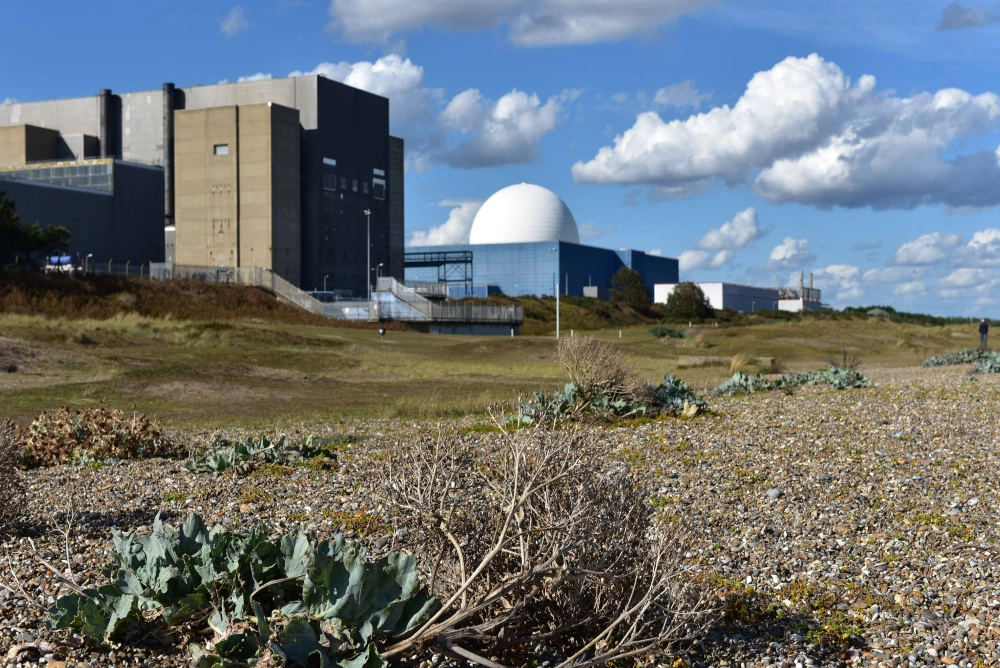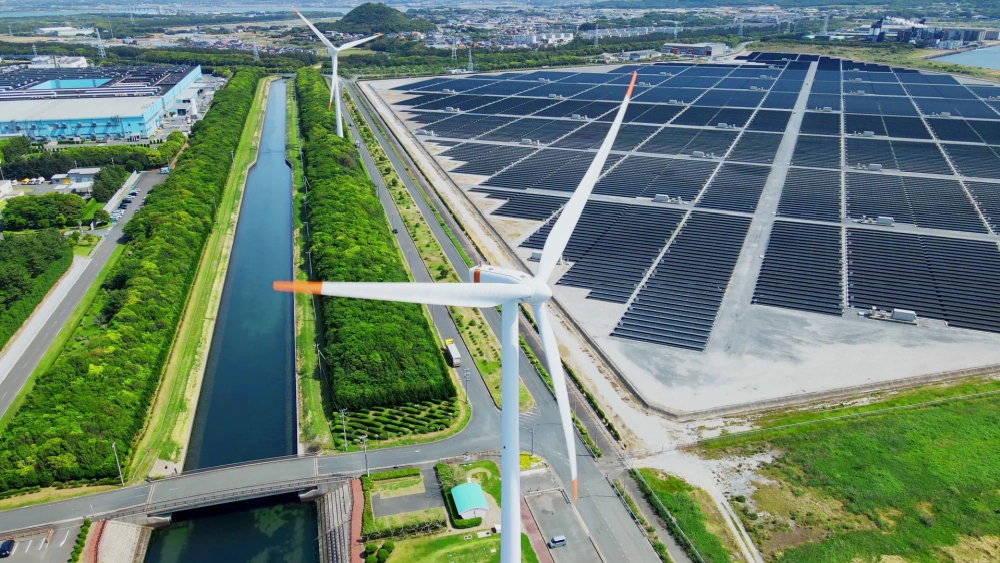Contracting in a regulated nuclear environment

By Ian Stubbs, Mark Greatholder
30 Jan 2023 | 1 minute read
Those who have operated within the nuclear sector will know that contracts for works or services can be notoriously lengthy and complex, regardless of the value or complexity of the works or services being provided and the risks involved. Some contractual provisions might appear a little alien or not relevant to the scope being performed, but with some sector insight and careful consideration it should become apparent why they are necessary.
The nuclear sector is itself complex and operates within a regulated environment. Major projects are often funded by a range of debt and equity finance from the private and/or public sector. The equipment and technology deployed is highly technical and can present particular challenges in relation to its manufacture, installation, commissioning and operation. Safety is a critical, if not the critical, consideration in relation to any nuclear project. Environmental factors are also key. There are considerations in relation to the handling and transportation of nuclear materials and security, whether of persons, materials, or knowledge and intellectual property, must also be taken into account.
All major projects typically have a substantial supply chain. There are often a large number of ‘tier 1’ contractors appointed to take the lead role for delivery of particular area of expertise (civils, turbines/power plant, M&E, balance of plant an the like) who, in turn, are often supported by myriad subcontractors and lower tier subcontractors. Procurement time pressures and the need to ensure consistency of approach to those risk items identified above makes it impractical to draft and negotiate bespoke contractual agreements for every one of these supply chain members, so some form of standardised approach is usually taken.
This standardisation of terms can lead to the complexity and perceived irrelevance of terms for individual areas of work or services. However, participants in nuclear projects will know that, for a number of reasons, those using the standard contract terms are often resistant to change. The critical question to ask is whether the inclusion of these provisions is in fact contrary to any particular aspect of the scope being procured or would have a materially adverse effect on the relevant contractor or whether they simply wouldn’t apply to the works and services in question.
One example might be that the standard form makes provision for the services/works to be delivered by a contractor operating via a variety of corporate vehicles, such as a joint venture or partnership, so that any contract doesn’t need to be updated each time depending on which applies. Of course, that doesn’t mean all standardised terms must be followed slavishly and, whilst successful use of standardised terms does require a degree of pragmatism on the part of the supply chain, some healthy dialogue around terms that appear to be in conflict with, or at least not consistent with, that which is being procured and agreed can be beneficial and may even lead to general improvements in the standardised contract.
All major projects have to be funded from somewhere – often from multiple sources ranging from the developer itself, through a range of debt or equity financing from the private sector or the Government. On a project where funding is provided (which, in the case of nuclear projects, can be upwards of £20bn), it is usual for the funder to insist on certain provisions being included in the contracts for construction and delivery.
This can include requirements to report on performance or cost, strict constraints placed on how the services/work can be instructed (so as to control the financial commitment to individual supply chain members across the project) and on changes in control of supply chain members, as well as requirements to provide adequate security in the form of guarantees and/or performance bonds. Forms of security documents are typically lengthier and more complex than one might find on other construction or development projects, but that is consistent with the procurement of major infrastructure in the UK. These requirements are often pre-requisites for being able to enter contracts for relevant works/services, unless express consent to exclude them is obtained, which is only likely to be granted if there is a genuine justification for doing so.
Negotiation of such issues and documents is often left until the 11th (or even 12th) hour, involving parties outside of the immediate negotiations (e.g., group companies, insurers and banks) and can be a delaying factor in getting key contracts in place. Clarity and early discussion on such issues is key.
Any project that is being delivered in a regulated environment will include provisions to ensure that a developer is able to comply with any obligations imposed on it by any regulator. In the UK nuclear space, the principal regulator is the Office for Nuclear Regulation (ONR) but others, such as the Environment Agency, also have jurisdiction over specific areas of concern and work closely with the ONR. The remit of this regulation can be vast and extend to nuclear safety, conventional safety on nuclear sites (usually the domain of the Health and Safety Executive), nuclear security and the safeguarding and transportation of nuclear material.
These regulators have wide ranging powers, which can include issuing improvement notices, halting construction and even revoking a nuclear site licence, in the event of non-compliance. It is therefore vital that all contracts related to a nuclear project include provisions to ensure that any supply chain members comply with (and support the developer with compliance with) regulatory requirements and provide for clear and robust remedies for failure to do that, since the failure of one contractor to act appropriately can impact the entire project.
A developer will have its own corporate structure and internal governance requirements to ensure that any project is well managed and is being delivered in accordance with good industry practices. It is therefore common for any developer to have its own rules and policies with which its contractors and suppliers must comply.
For example, it may require that any suppliers comply with specific legal prohibitions in relation to modern slavery and anti-bribery. It may require its consent to be sought before any subcontracting is undertaken, to ensure sufficient oversight and management of the supply chain is maintained. The developer may require the supplier to provide it with certain financial information at frequent intervals so that it can monitor any potential insolvency risk and take early steps to mitigate against that occurring. The phrase ‘intelligent customer’ is at the heart of good supply chain management in the development, licencing and operation of nuclear power projects, for which well-managed supply chain contracting is essential.
The developer, often working in conjunction with its funders, will have given considerable thought as to the potential risks that might arise in relation to a project and whether these are risks that it is willing to take on and manage itself or risks that it wishes to allocate to the supply chain (accepting that there is likely to a ‘risk premium’ for such matters that the supply chain will include in its tendered prices).
It is common for developers to take out project-wide insurance covering certain risks that extend to any work/services undertaken by its supply chain. Although this will come at a substantial cost, that cost is anticipated to be a lot lower than if these risks were transferred to the supply chain. To ensure that insurance is effective and responds when needed, it is important that the supply chain is fully aware of and integrated into the developer’s insurance strategy and policy requirements, which again requires careful and well-thought-through contract provisions. Advice and support from those well-versed in use of such project insurances is essential.
Whether insured or not, risks that are allocated to the supply chain will need to be managed and priced for by the supply chain – typically risks that are within the control of the supply chain to manage, for example any TUPE risk associated with the project workforce, use of third-party intellectual property and, in some cases, weather risk. There can be a degree of flexibility to vary this risk profile where doing so would present the developer with a clear cost saving, or where in a particular case it would not be appropriate or manageable for any given risk to be allocated to one party rather than the other, but it should be noted that the risk profile is usually deliberately prescribed to meet with the risk appetite of funders, as well as the developer. Again, support from those experienced in major projects and infrastructure is key, if the developer is to avoid difficult and protracted supply chain negotiations and avoid time wasted trying to allocate risks that the market simply will not accept.










